I am using Spark on the cluster which I am sharing with others users. So it is not reliable to tell which one of my code runs more efficient just based on the running time. Because when I am running the more efficient code, someone else maybe running huge data works and makes my code executes for a longer time.
So can I ask 2 questions here:
I was using
joinfunction to join 2RDDsand I am trying to usegroupByKey()before usingjoin, like this:rdd1.groupByKey().join(rdd2)seems that it took longer time, however I remember when I was using Hadoop Hive, the group by made my query ran faster. Since Spark is using lazy evaluation, I am wondering whether
groupByKeybeforejoinmakes things fasterI have noticed Spark has a SQL module, so far I really don't have time to try it, but can I ask what are the differences between the SQL module and RDD SQL like functions?


